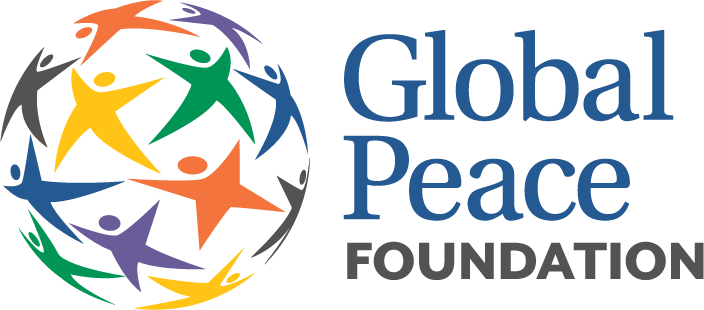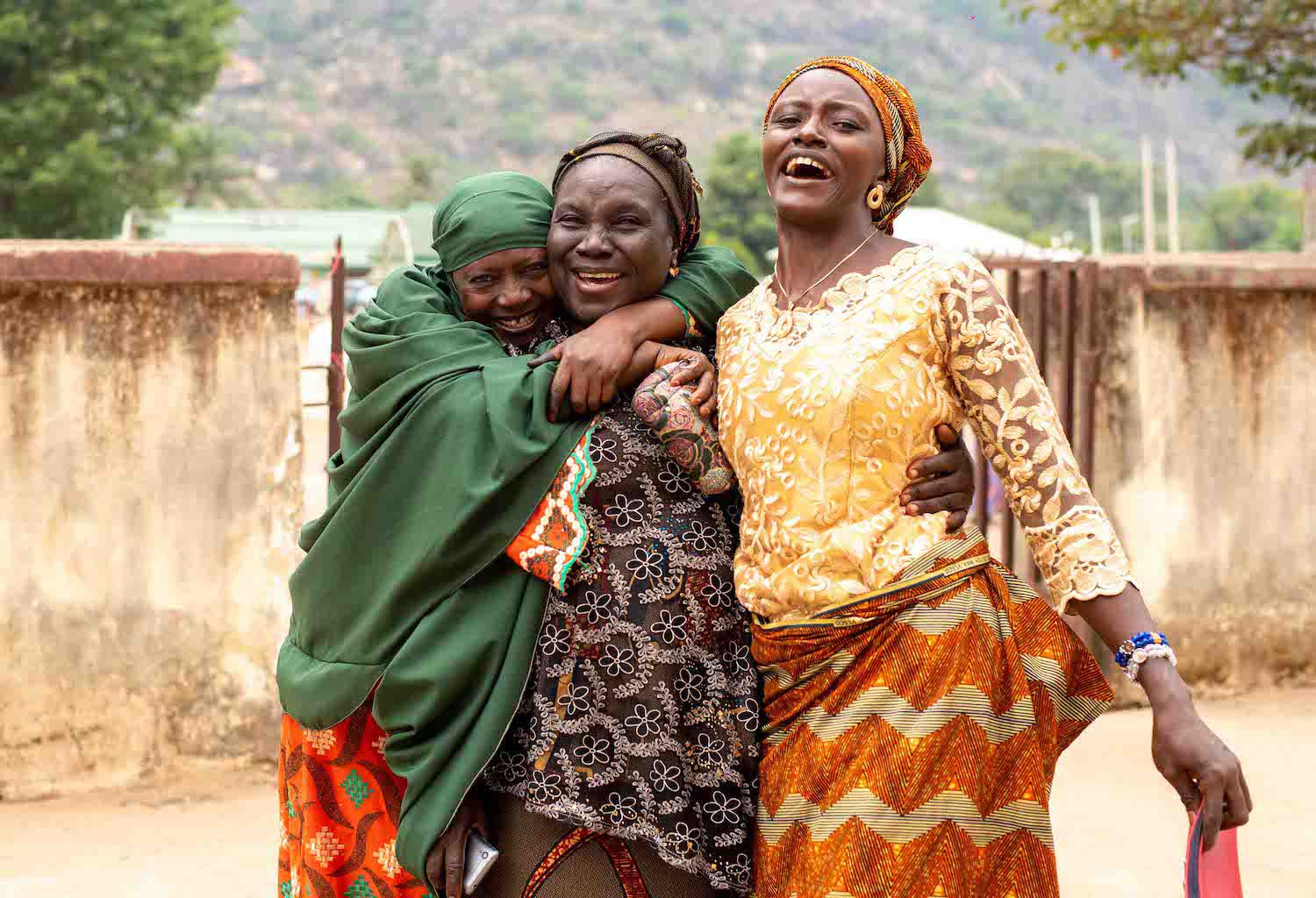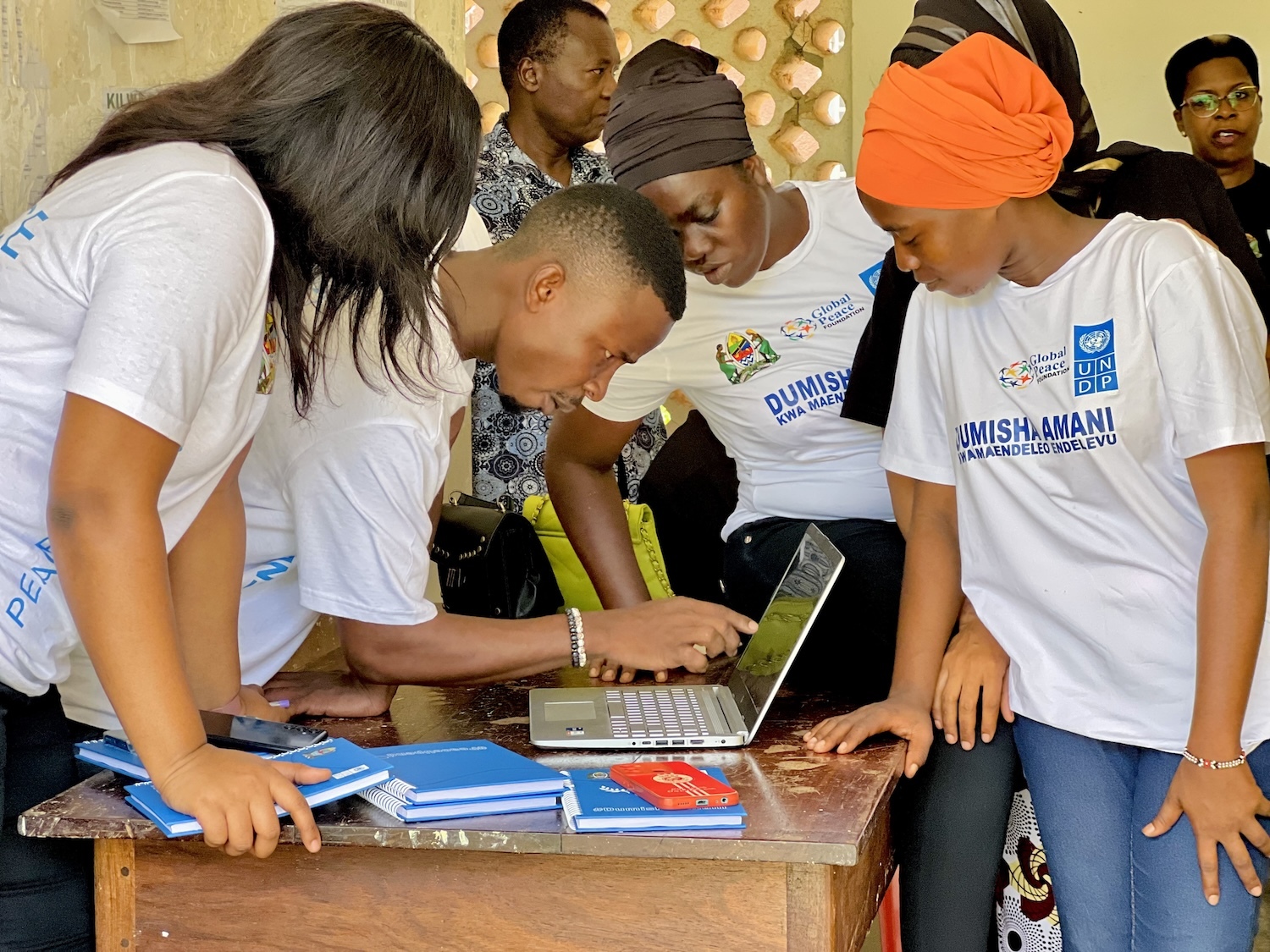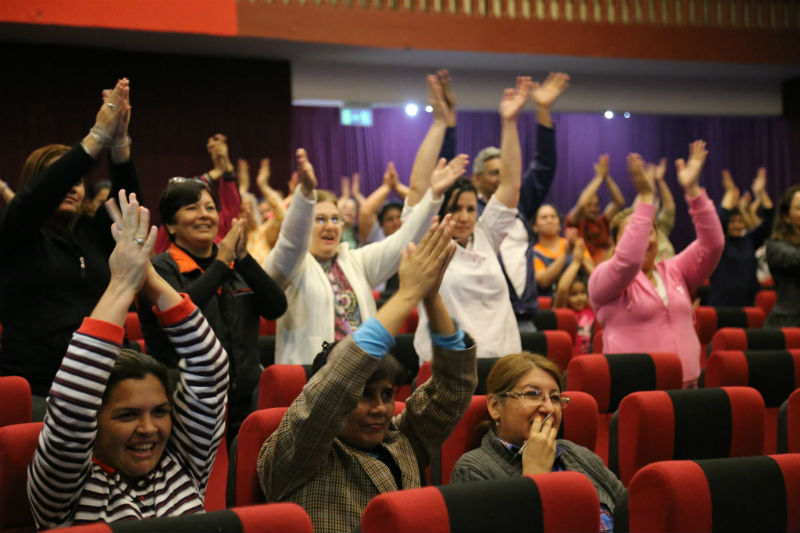
Global Peace Foundation Chairman Dr. Hyun Jin Moon.
Calling the division of the Korean peninsula “the greatest threat to peace in Northeast Asia,” GPF Chairman Dr. Hyun Jin Moon urged delegates at the Global Peace Leadership Conference in Tokyo on June 2, 2012, to “think out of the box” in developing policies to realize sustainable peace.
“If the nation of Japan can be a leader of the process in helping the Korean people, the gratitude of those people will drown out all the resentment and bitter feeling left from a conflict that happened many decades ago,” he said. “From a moral perspective, it will establish a fundamental base for leadership by contributing to peace in Northeast Asia.”
The Conference, “Moral and Innovative Leadership for Japan: Learning Models of Building a Culture of Peace for the World,” examined the challenges facing Japan following the catastrophic earthquake and tsunami of 2011, the significant threat of future natural disasters, and models of leadership that are relevant to diverse peoples in nations such as Malaysia and Indonesia.
GPF Vice President of Field Operations Aya Goto described the urgent need for the conference, citing problems relating the Japan’s aging population and breakdown of societal bonds, and approaches to peace building that GPF is advancing through building strategic partnerships.

Dr. Yoshinori Kaseda, Associate Professor of Politics at the University of Kitakyushu, reflects on the importance of leadership for contemporary Japan.
Dr. Yoshinori Kaseda, Associate Professor of Politics at the University of Kitakyushu, thanked the organizers for convening a forum on leadership and spoke of the need for leaders in Japan who are action-oriented, critical thinkers, and persons of moral integrity.
“You can say that Japan is at a crossroads,” Dr. Kaseda said. “Despite the bond Japan has created after the earthquake last year, I feel that compared to before, this bond has actually weakened in society. . . . As a result [of technological advances] people are inclined to not meet face to face. People are isolating themselves, which increases loneliness. The human bond is dying away and moral fiber is not being nurtured by the people.”
Dr. Kasenda said that from early history, Japan was a rice-cultivating community settlement with unique societal norms and traditions. “All kinds of conformity were expected. This is still true today. Harmony and conformity are heavily valued.” For Japan to change, he said, “the individuals have to think, create their own opinion, have to show that opinion and make it into a reality – make their thought into action.”
He said the same limitation is evident among Japanese leadership. “Leaders need to recognize that an issue exists, understand how that issue came to be, find its cause, and be able to find a solution to that issue. When the issue is not properly recognized, it is dealt with incorrectly and as a result the issue becomes more complicated or makes the resolution much more difficult.”

Panelists present projects on social issues affecting Japan at the Global Peace Leadership Conference.
During an afternoon panel, community leaders from different regions of Japan presented projects and discussed issues relating to growing numbers of international residents in Japanese society. Mr. Hirofumi Sueyoshi, Project Leader of the Heisei Eejanaika movement and Senior Consultant and Planner of the Faith Research Institute, explained the role that festivals play in Japanese local culture and presented an overview of Heisei Eejanaika, a disaster preparedness project for Greater Tokyo that will combine cultural festivals with disaster response training and drills.
At the end of the Edo period (c. 1603-1868) he said there were a many natural disasters, such as earthquakes, tsunamis, and cholera outbreaks, and local and large-scale festivals were important in providing social support for communities. Following the tsunami and nuclear reactor meltdown that devastated northeast Japan in 2011, people looked to deeply rooted festivals as a way to revive national morale and bring people together with compassion for those in need.
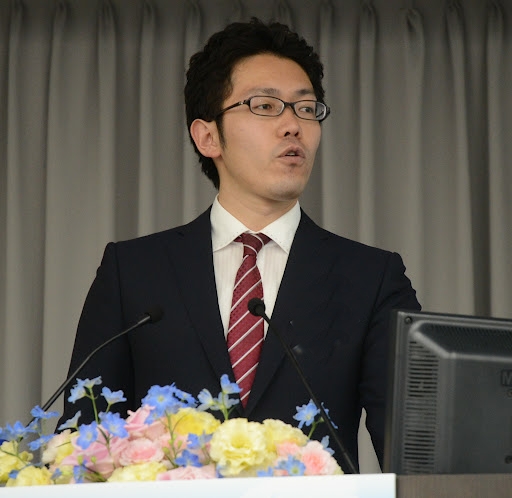
Mr. Hirofumi Sueyoshi, Project Leader of the Heisei Eejanaika Disaster Prevention Project.
Mr. Sueyoshi said that despite fresh memories of the earthquake and tsunami, disaster preparedness in Japan remains lax. Citing the high probability of a major earthquake striking Tokyo in the near future, Mr. Sueyoshi said the city-wide festival planned for March 11, the anniversary of the 2011 East Japan earthquake and tsunami, would include essential information on evacuation routes, emergency shelters, and community awareness of special needs populations, such as the elderly.
During the panel discussion, Filipino community representatives living in Japan asked for ways to integrate more fully with in Japanese society, and Japanese community leaders agreed that work is needed not only to unify Filipinos living in Japan but to integrate growing numbers of foreign nationals making Japan their home.
Case studies of effective cross-cultural, inter-religious exchanges were also presented by representatives from Malaysia, Korea, and Indonesia, highlighting effective government policies to foster tolerance, faith-based humanitarian efforts, and GPF’s vision of One Family under God as a unifying model for diverse societies in the twenty-first century.
